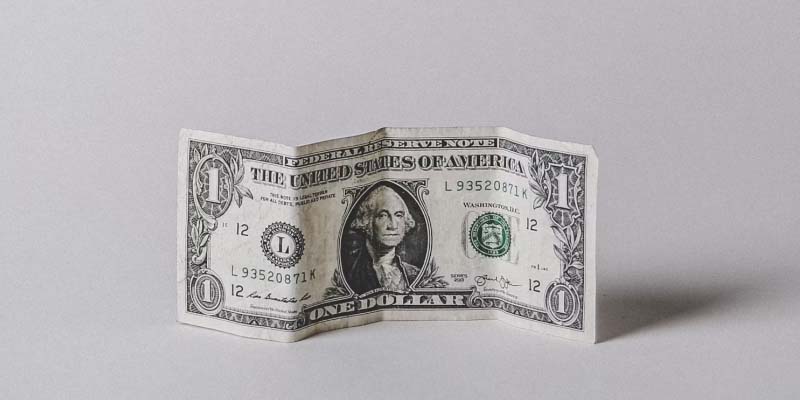What is HELOC and how does HELOC work?
Mar 13, 2024 By Triston Martin
If you have to put your house as security, HELOC could be a helpful means to get access to money. With a draw period of typically five to fifteen years, a home equity line of credit (HELOC) operates as a continuous line of debt that you can access continuously. This might be a good option if you want access to funds but are still determining how much or when you'll need it. It does, however, carry some risk. Although HELOCs often have variable interest rates, they might be less expensive than other personal or house loan options.
How does a HELOC work?
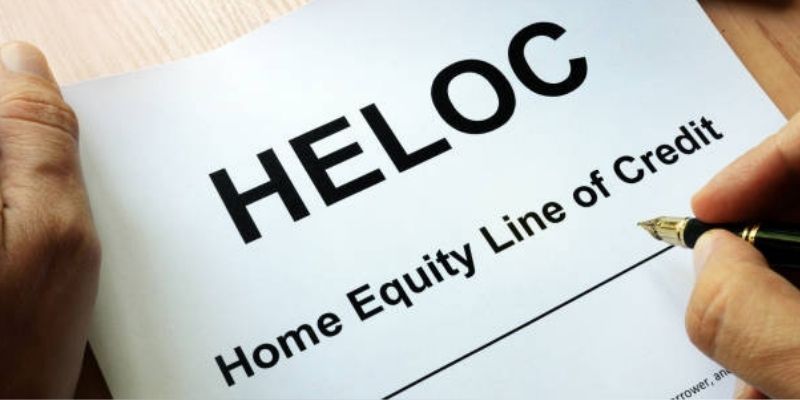
As long as the amount you withdraw using a debit card or check throughout the draw period is less than the total loan amount, you are free to withdraw funds as often as needed. You must pay the minimum monthly amount, usually only the interest collected during the entire draw period. This money is transferred back to your ongoing account (so you can keep making withdrawals) as you pay off your HELOC.
You start the payment period, which typically lasts between 10 and 20 years, once the draw period ends. You cannot withdraw any more funds from your HELOC at this time. The payments you make every month will go up during the repayment period because you will be required to repay not only the interest that has been collected but also the principal or the amount that you withdrew.
Compared to unsecured loans, such as credit cards or personal loans, home equity loans (HELOCs) typically have a lower interest rate because your home protects them as collateral. The drawback is that you must make payments to avoid losing your house.
Generally speaking, you can get a loan as much as 85% of the value of your house after reducing the remaining credit balance. Take the current market value of your home and reduce your leftover debt balance to find out the amount of equity you have. You would, therefore, have $200,000 in assets if your home is valued at $500,000 while you had $300,000 left over from your mortgage. Your loan would be for $170,000 if you took out a loan equal to 85% of the equity in your house.
Requirements
Following are the reuirements
A minimum of 15% to 20% of your house's equity:
The value of your home is known as your home equity. To get that number, deduct the amount you owe on the home loan and other payments from the house's current appraised value.
Credit score requirement of 620:
Your credit score is what banks use to estimate how likely you are to make timely loan repayments. A high credit score (at least 700) will make it easier for you to be approved for a loan with a more favorable interest rate and terms.
A ratio of debt to income of no more than 43%:
To calculate your DTI, reduce your total monthly loan by the monthly amount you make. Similar to a credit report, your DTI is used by banks to assess your ability to repay loans on time and in full. Specific lenders may prefer a DTI of 36 percent or less.
Sufficient, confirmable income:
Typically, provide proof of income to be eligible for a HELOC. To find out what documents and forms you must send with your application, visit your lender's website.
How to pay back a HELOC
Throughout the loan, a HELOC is split into two distinct payment periods: the withdrawal period and the period of repayment.
First, the withdrawal period lasts ten years on average, allowing you to take repeated withdrawals up to your credit limit as needed. One advantage of a HELOC is that you can borrow considerable money and make minimum monthly payments. You can only pay interest on any money you withdraw during the draw period, not the entire loan amount. Similarly, you can withdraw only the money you need from your HELOC if you don't need to use it all.
Repayment period: Your HELOC's draw period ends when it does, and your repayment period starts. Usually, the repayment period is 20 years long. You must start repaying your principal credit balance during this time and the monthly you have been paying on your loan. This means your monthly payment will be significantly higher than it would have been if you were only making interest payments. As the draw period nears, prepare for a spike in your HELOC payment.
Do you pay interest on a HELOC?
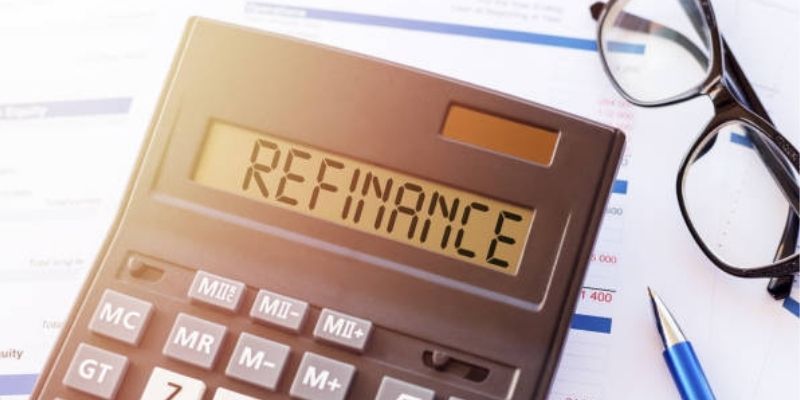
The payment you borrow and interest payments are your responsibility. While interest rates will differ from one bank to the next, Bankrate reports that the average rate for a home equity loan is currently 4.1%.
Furthermore, your credit score may impact the rate of interest you pay. According to Experian, borrowers typically need to score on their credit report of at least 680 to be eligible for a HELOC. However, your chances of receiving a lower interest rate for a line of credit are higher regardless of your credit score. Remember that when you borrow money against your house, the interest rate will ultimately affect how much you pay.
Check your credit report to see if you qualify for a HELOC before applying. Before a bank runs a credit check, you should take the required steps to raise your score (and, consequently, the possibility of obtaining more favorable terms) if it isn't where it's required to go for a line of credit.
The most widely used credit score, your FICO score, is accessible through Experian. Additionally, the platform will examine your credit history and offer suggestions for steps you can take to raise your score.
Is HELOC a good idea?
If you have a lot of equity in your house and know you'll need access to money periodically, such as paying college tuition over a few years, HELOCs may be a good choice. According to Murphy, a home equity line of credit (HELOC) is a better choice than a lump-sum loan if your goal is to use as you go and only pay back what you borrow when you borrow it.
HELOCs, however, can be dangerous. You risk losing your house if you can't afford the loan back for any reason, and the varying interest rates may increase. Furthermore, you can get a delusion of limitless funds during the withdrawal period, which can come as a harsh reminder when the payback period starts.
Conclusion
With a HELOC, you can use a line that turns off credit to access the equity in your house. HELOCs belong to secured loans, meaning that the equity in your housethat is, the amount you repay on your mortgageis used as securities. You can only withdraw a certain amount at a time and will only be charged credit on the money you use. HELOC interest rates are usually variable, though. This implies that your monthly payment may also increase as interest rates change.

The Smart Shopper's Guide to Using Basis Points for Better Financial Decisions

What is the Effect of Background Check on Your Credit Score?
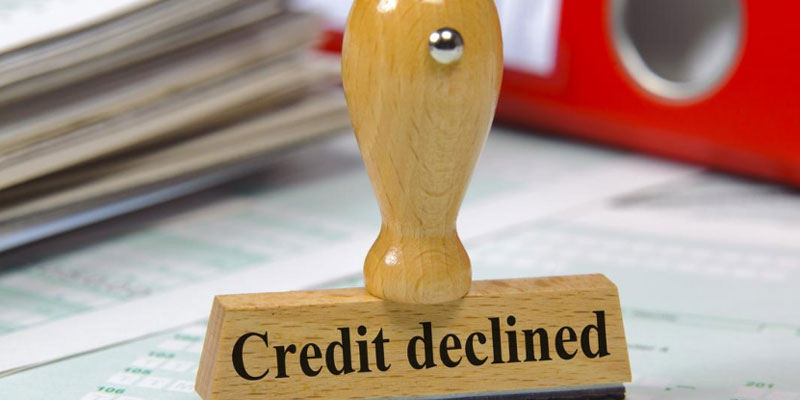
Reasons Why Banks Don't Need Your Money to Make Loans

Understanding the Role of a Private Banker: Is It Right for You?

What Is Alternative and Non-Traditional Data? A Detailed Guide
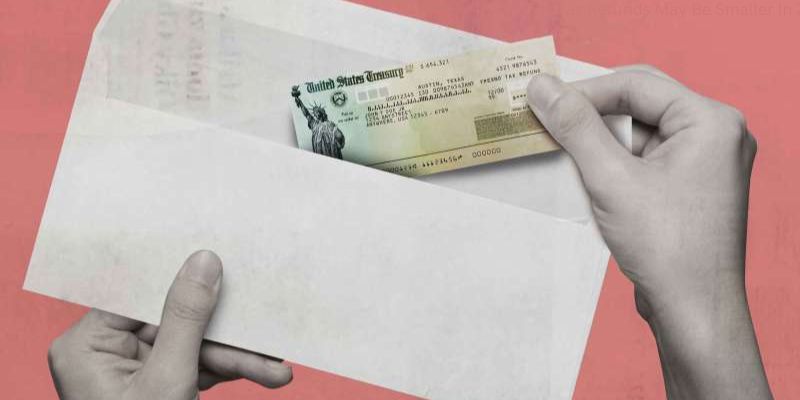
IRS Warns Tax ‘Refunds May Be Smaller in 2023’

Credit Cards Annual Fee

Cash App Taxes Review 2024: Everything You Need to Know
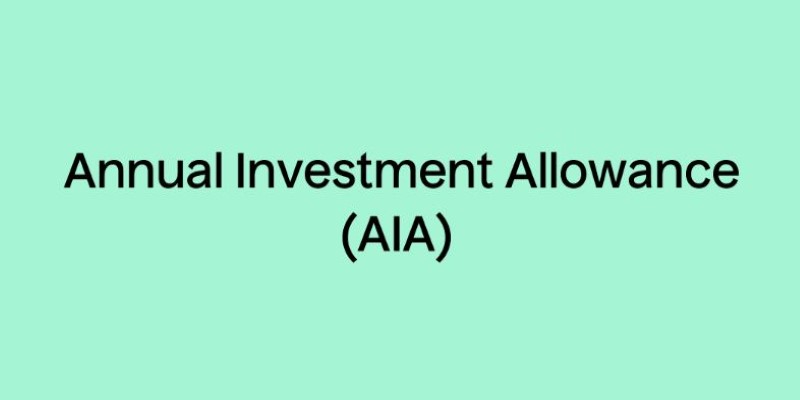
A Comprehensive Guide to the Annual Investment Allowance (AIA) and Its Eligibility
